Art World
8 Must-See Rem Koolhaas-Designed Art Spaces around the World
Featuring moving floors, glowing red interiors, and floating facades.
Featuring moving floors, glowing red interiors, and floating facades.
Alyssa Buffenstein

With this month’s opening of the Fondazione Prada in Milan and next month’s opening of the Garage Museum Moscow, we’ve been thinking a lot about Rem Koolhaas. The Dutch starchitect is known for his geometric designs and inventive ways of repurposing old buildings, and his firm OMA has designed everything from offices to train stations.
Koolhaas is no stranger to cultural sites and art spaces, but don’t think white cube—OMA’s designs are built into hills, float in the air, and even have moving floors. That might sound like fantasy, but to convince you otherwise, we’ve compiled a list of eight must-see Koolhaas-designed art spaces from around the world.
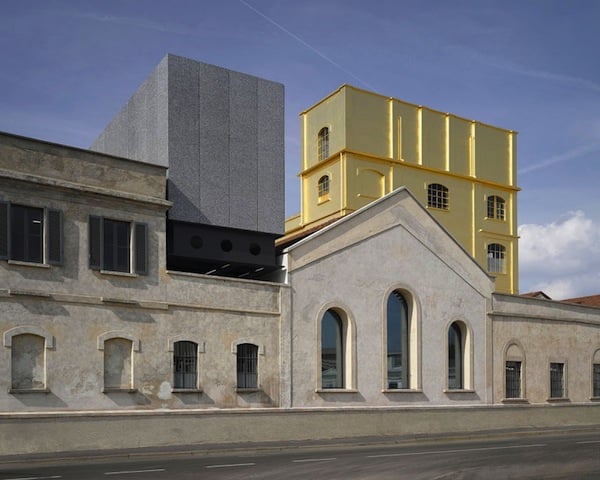
The gilded Fondazione Prada in Milan.
Photo: Bas Princen, Courtesy of Fondazione Prada
Fondazione Prada, Milan
If the white cube was a reaction to the royal palace for museum design, then the abandoned industrial building was a reaction to the white cube, and the Fondazione Prada in Milan, despite its provenance as an industrial complex, is a challenge to the new paradigm of repurposed industrial exhibition spaces. Opened on May 9, 2015, the new project’s design, which includes one building entirely coated in gold leaf, straddles re-use and innovation. “With the Fondazione Prada we spent a great deal of energy mapping out the relationship between old and new,” Koolhaas told the Spiegel. “Our goal was for old and new to coalesce into a hybrid” (See Rem Koolhaas Designed Prada Foundation Opens in Milan on Eve of Venice Biennale).
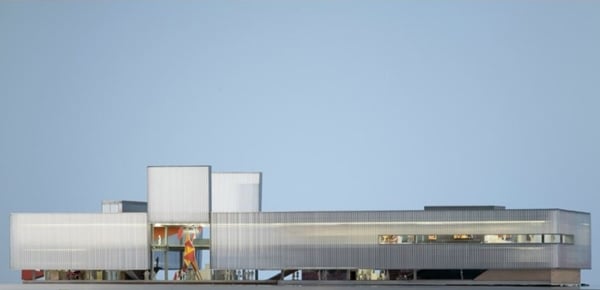
Garage Gorky Park overview.
Photo: © Office for Metropolitan Architecture (OMA). Courtesy OMA.
Garage Gorky Park, Moscow
OMA’s newest project, the Garage Gorky Park is a renovation of Moscow’s famous Vremena Goda restaurant, a more central and public location for the Garage Center of Contemporary Culture, previously located in the Bakhmetevsky Bus Garage in the north of the city. The new design keeps Soviet-era mosaics, tiles, and bricks in tact, preserving the history of the building while adapting the architecture for its new exhibition function, the country’s first institution devoted to contemporary Russian art (See Dasha Zhukova to Debut Moscow’s Rem Koolhaas-Designed Garage Museum June 12).

9 rue du Plâtre, the exterior of the future Fondation Galeries Lafayette.
Photo: Courtesy of OMA
Fondation d’Enterprise Galeries Lafayette, Paris
The Fondation d’Enterpise in Paris’s Le Marais district makes use of one of the Groupe Galeries Lafayette’s historical properties, a U-shaped industrial building built in 1891. OMA’s design is an exhibition tower in the central courtyard of the building, which will be renovated and kept in tact. The new tower, set to open in 2015, will feature two motorized mobile floors which act as flexible, contemporary extensions to the heritage space (See Rem Koolhaas Unveils Plans for Paris’ Fondation Galeries Lafayette).
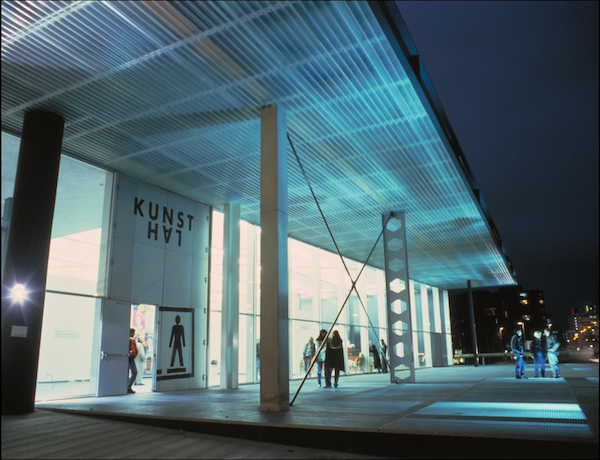
Koolhaas’s Kunsthal Rotterdam.
Photo: Courtesy of OMA
Kunsthal, Rotterdam
At the top of Rotterdam’s Museum Park is Koolhaas’s Kunsthal, a square design crossed underneath by a road which is perpendicularly bisected by a public ramp extending onto Museum Park. The 3300-square-meter exhibition space stages 25 exhibitions each year, but the sloped floor plan and glass façade are enough reason alone to pay this OMA creation a visit (See Must-See Art Guide: The Netherlands).

The facade of the Seoul National University Museum of Art.
Photo: Courtesy of Wikimedia Commons
National University Museum of Art, Seoul
Built into a hill, the Seoul National University Museum of Art’s cantilevered design gives it the appearance of floating in the air. Glass facades reveal the steel construction underneath, and the exhibition and educational spaces contained within slope downwards with the natural landscape.
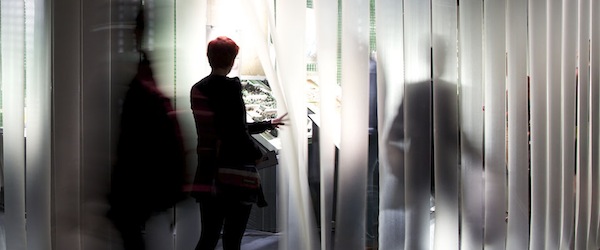
The Schatkamer at the Netherlands Architectural Institute
Photo: Courtesy of NAi
NAi Schatkamer, Rotterdam
Underneath the Netherlands Architecture Institute is OMA’s Schatkamer, or Treasury, an exhibition space for the NAi’s archive of Dutch architectural objects. Translucent curtains surround the objects in a central circle and peripheral booths that frame the works without making them feel like royal treasures, avoiding a pretentious museum space. The effect is a dreamy subterranean architectural haven where the room is as much on display as the works within it.
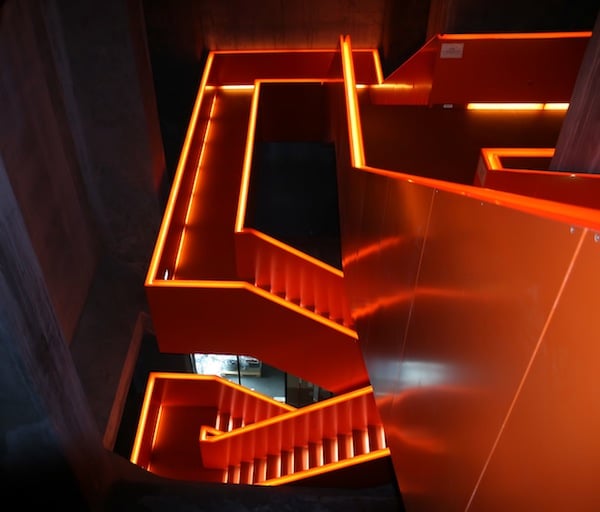
The interior staircase of the Kohlenwäsche
Photo: Courtesy of Bilderforum.de
Zollverein Kohlenwasche Ruhr Museum, Essen
In 2001, OMA received a commission to transform the Zeche Zollverein, a former coal mine and UNESCO world heritage site, into a museum of the natural and cultural history of the Ruhr region. Inside the Kohlenwäsche, a former coal-sorting factory, original machines remain amongst modern additions like a glowing red staircase that mimics red-hot burning coals, or the sloping glass entryway that visitors take from the ground to the entrance on the third floor.
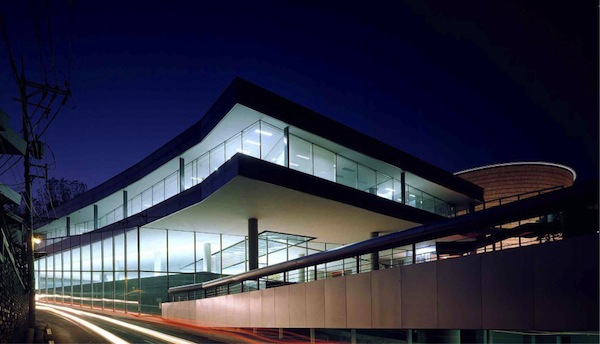
The exterior of Koolhaas’s building at the Leeum Museum Complex
Photo: Courtesy of NLÉ
Leeum Museum, Seoul
In a residential district near Seoul’s city center is the Leeum Museum, a cultural center dedicated to art of Korea and of the world, begun with the collection of the late founder of Samsung, Hoam Lee Byung-Chul (See Amazing New Samsung Virtual Reality Headset Lets You Step Into Vincent Van Gogh Painting). The architectural plan, led by Koolhaas, was a collaboration between his team, Mario Botta, and Jean Nouvel. Koolhaas’s creation for the project is the Child Education and Culture Center, a black concrete box suspended with glass windows, encouraging a mixing of light and space.